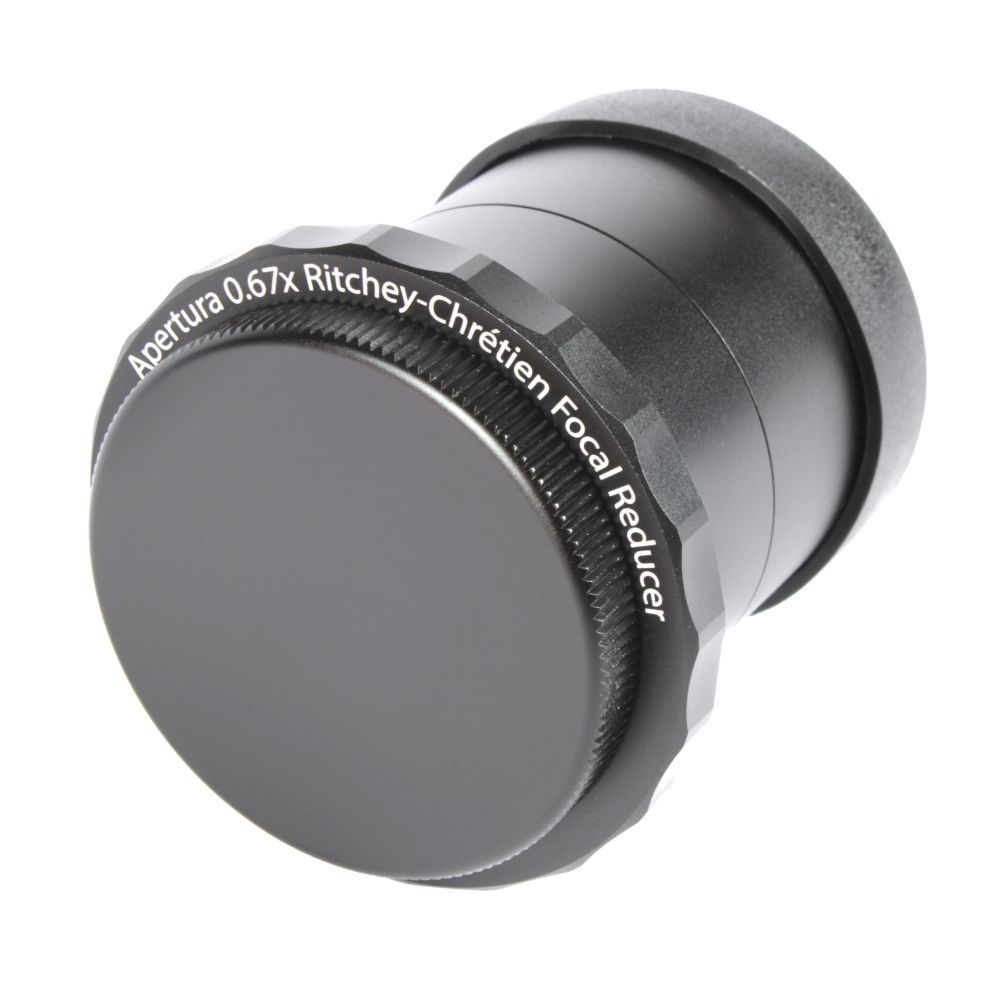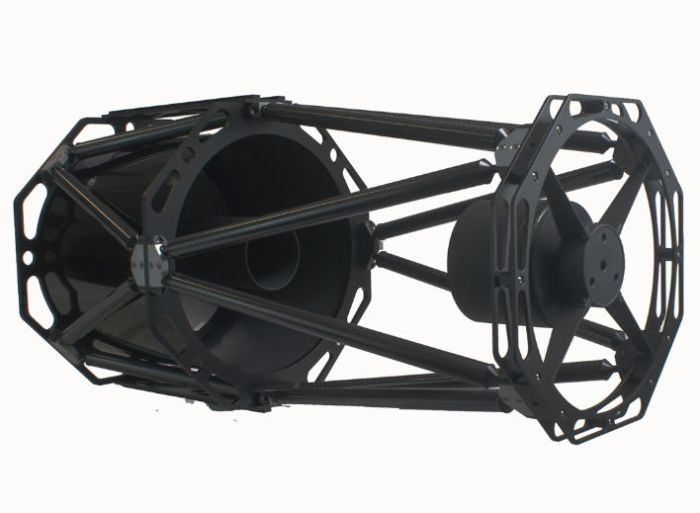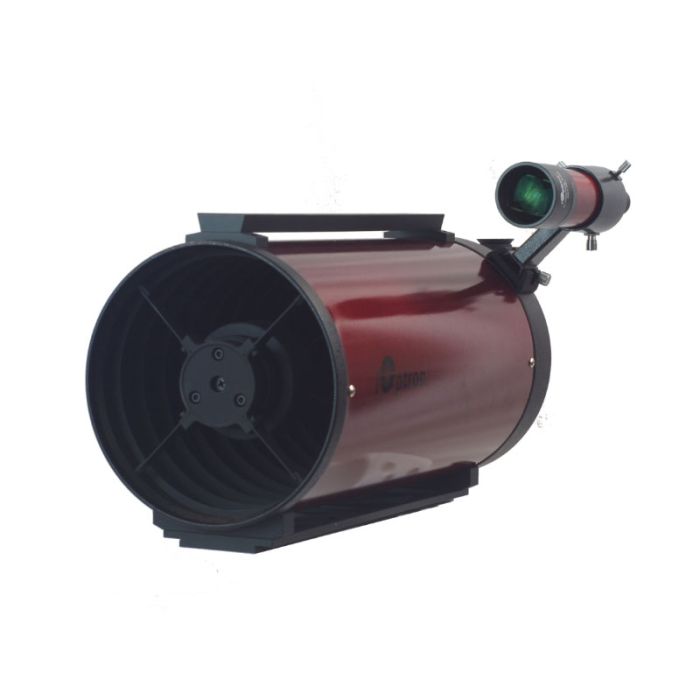
Ritchey-Chrétien (RC) telescopes are reflecting telescopes applied in astrophotography. Their hyperbolic primary and secondary mirror design removes optical aberrations and offers clear, distortion-free images. The Apertura CarbonStar 150 is a lightweight, manual-operated Newtonian reflector optical tube assembly, offering thermal stability and durability similar to Apertura Ritchey-Chrétien telescopes.
Highlighted Products
Featured Product 1
One key astrophotography accessory is a Ritchey-Chrétien focal reduction. This optical accessory helps astrophotography by reducing the focal length and ratio of a Ritchey-Chrétien telescope. It allows a broader field of vision, reduces exposure times, and is a better fit with big image sensors.
Featured Product 2
The iOptron Photon 16” Truss Tube RC Telescope is a potent astrophotographer’s instrument. It boasts low thermal expansion quartz mirrors. Built with premium optics, reflective coatings, and a dual-speed linear bearing Crayford focuser
Featured Product 3
Building on the same commitment to precision, the iOptron Photron 200 Ritchey-Chretien optical tube telescope offers exceptional performance for both color and monochrome imaging. Low thermal expansion quartz mirrors, 96% reflectivity coatings, and a flex-free steel optical tube ensure sharp, detailed results for serious astrophotographers.
More About This Category
Ritchey-Chrétien (RC) telescopes are specialist reflecting telescopes recognized for their exceptional optical performance. They are employed mainly in astrophotography and professional astronomy. RC telescopes' hyperbolic primary and secondary mirrors make them unique since they virtually remove spherical aberration and coma. Because this design offers a flatter field of view than conventional Newtonian or Schmidt-Cassegrain telescopes, RCs are the recommended tool for precisely photographing astronomical objects, including galaxies, nebulae, and star clusters.
Unlike previous compound telescope designs, such as the Schmidt-Cassegrain or Maksutov-Cosegrain, the RC design lacks a corrector plate or lens. Less glass allows light to travel through, so there is less possibility for light dispersion and chromatic distortion. RC telescopes can thus reach great degrees of optical purity and contrast without additional optical elements. Moreover, most open-tube RC telescopes allow the optics to cool faster, particularly in astrophotography, where clear images depend on thermal equilibrium.
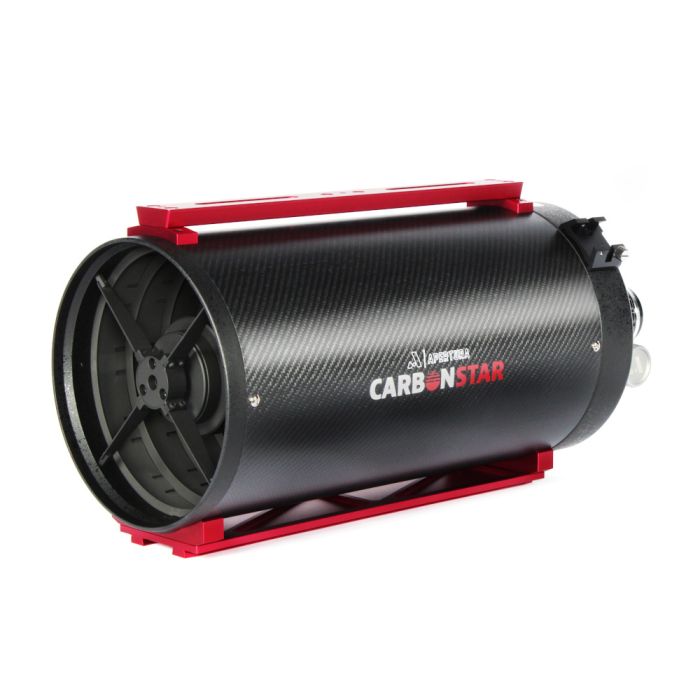
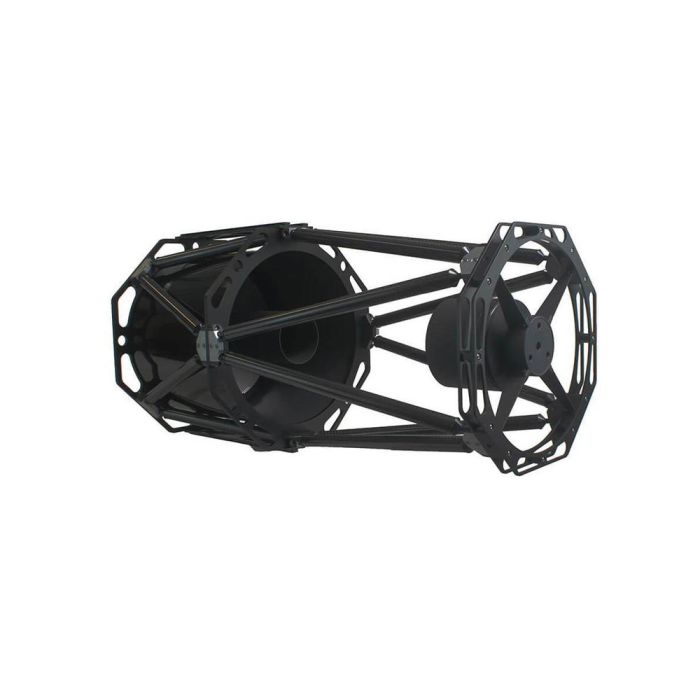

Excellent astro-imaging instruments, Ritchey-Chretien telescopes have apertures ranging from 6 to 16 inches. They offer large, level fields that fit nicely with large CCD or CMOS cameras.
The premium, moderately priced Apertura 14" f/8 Ritchey Chretien Truss Tube OTA is an RC telescope comprising a concave hyperbolic primary and a convex hyperbolic secondary mirror. It features carbon fiber truss construction, a Crayford focuser, a stainless steel track, a dual-speed focusing mechanism, and reflective aluminum-coated quartz main and secondary mirrors.
Portable mount weight, dew-fighting design, and a wide aperture make the GSO CarbonStar 8" RC telescope a flexible visual scope. It boasts a 2" to 1.25" adaptor, 2" auxiliary compatibility, and linear- Bearing focuser. With upgraded primary and secondary mirrors from BK7 glass to quartz for maximum optical performance, the Apertura RC telescope boasts an 8" aperture and a 1600mm focal length.
The iOptron Photron 150 Ritchey-Chretien optical tube telescope is defined by low thermal expansion quartz mirrors, fixed primary mirrors, and 96% reflecting coatings. It boasts three focuser extension rings for flex-free solid extension and a 2" dual-speed Crayford focuser. Appropriate for visual and photographic use, the steel optical tube improves contrast and lowers stray light. The RC6 model comprises a Vixen-style dovetail plate.
Because of their exact optical alignment needs, the maintenance of RC telescopes can be more complex than other kinds. While aligning the mirrors in a Newtonian or Schmidt-Cassegrain telescope is more accessible, the hyperbolic mirrors must be precisely aligned (collimated) to guarantee the best performance. RC telescopes sometimes need regular checks and adjustments since even little misalignments can cause degraded image quality, especially if the telescope is relocated regularly. Moreover, RC telescopes are more prone to dust and debris accumulating on the optics as their open-tube construction calls for frequent cleaning and maintenance. However, as SCTs reveal, the absence of a corrector plate results in one less element of concern about cleaning and possible dew accumulation.
In contrast, CDK telescopes are generally easier to maintain because they use corrective lenses. The lenses help to compensate for minor misalignments in the mirrors, making the CDK system more forgiving and reducing the frequency of collimation. Additionally, the design of CDK telescopes often includes a closed or semi-closed tube, which can reduce the amount of dust and debris entering the optical system, further simplifying maintenance.
